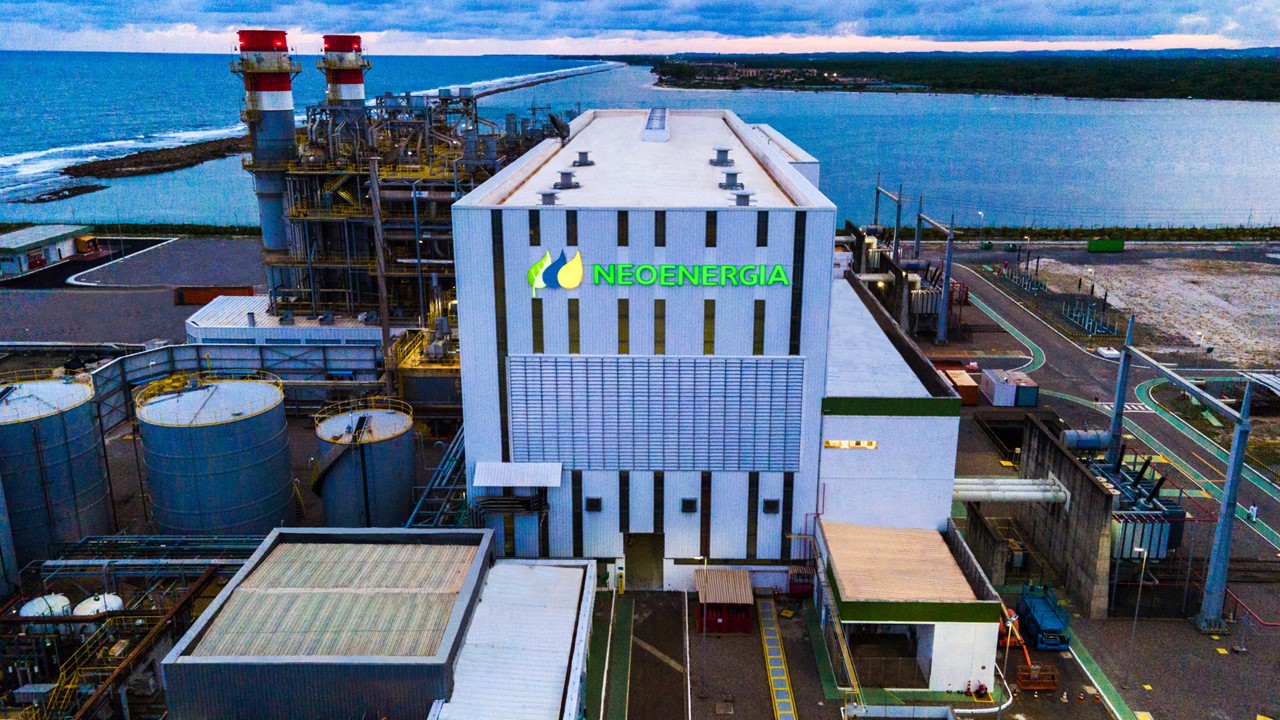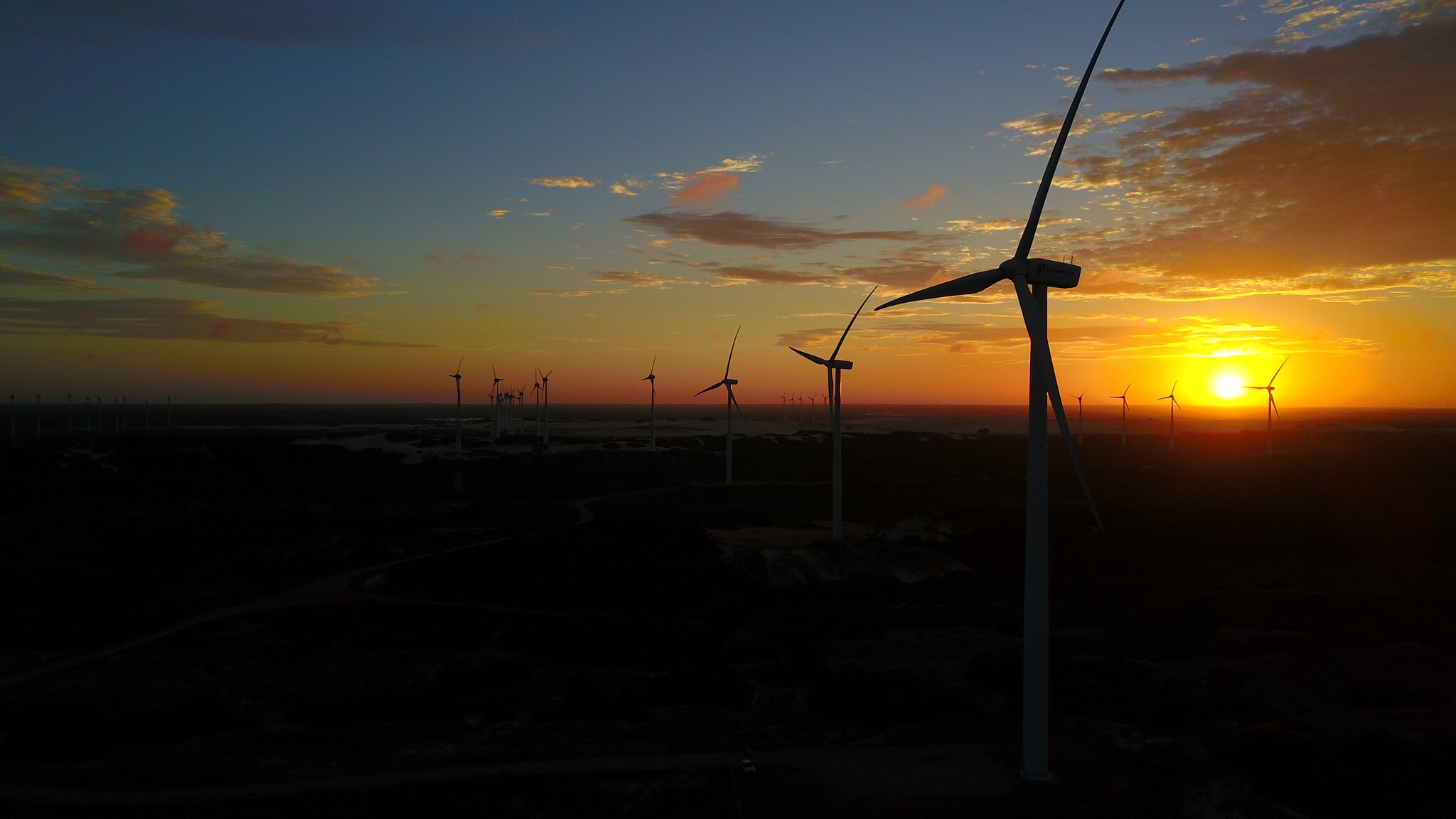
Generation
Neoenergia operates in the renewable energy sector on three fronts: wind, hydro and solar. Taking into account assets in operation and under construction, the company has a total of 44 wind farms, 4 hydroelectric plants and 2 solar parks (Luzia Solar Complex).
Renewables and hydro
The hydroelectric generators work in such a way that the resource captured in the rivers for the movement of the machines is fully returned to the system, maintaining quality and volume, controlling any possible impact on the environment. The company has initiatives to monitor fauna, flora, and erosive processes; recovery and restoration of springs and Permanent Preservation Areas (APP), and environmental education. It also carries out studies to monitor biodiversity in reforested areas and maintains careful supervision to prevent irregular occupation, deforestation, and overhunting and overfishing.
The plants operated and maintained by Neoenergia Operation and Maintenance (NOEM) have an Integrated Management System, implemented with the scope “Operation and Maintenance, including Asset Management of Electric Power Generation Enterprises”, to comply with the standards ISO- 9001:2015 Quality Management, ISO- 14001:2015 Environmental Management, ISO- 45001:2018 Occupational Safety and Health Management, and ISO-55001 Asset Management.
Click here for our Asset Management Guidelines.
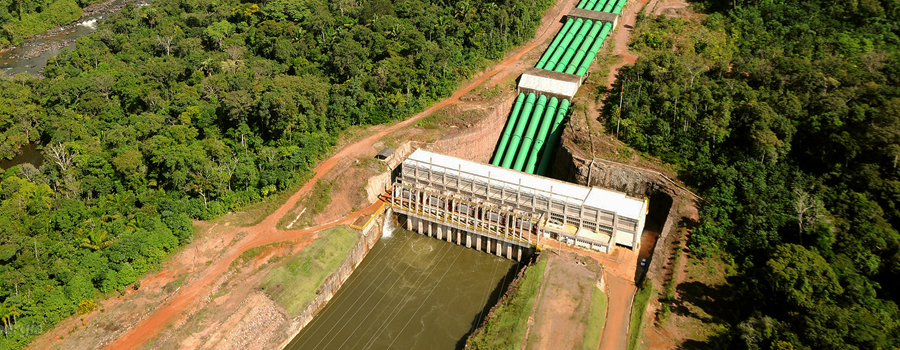
Renewables and wind power
In addition to excellence in energy production, the projects generate thousands of direct and indirect jobs during their construction, and continue to contribute to the socioeconomic development of the regions in which they operate, even after entry into operation.
Wind farms operated by O&M Renewables have an Environmental Management System and Occupational Health and Safety Management System implemented and certified under the scope “Operation and Maintenance of Wind Farms”, complying with the standards ISO- 14001:2015 Environmental Management and OSHAS 18.001 Occupational Health and Safety Management.
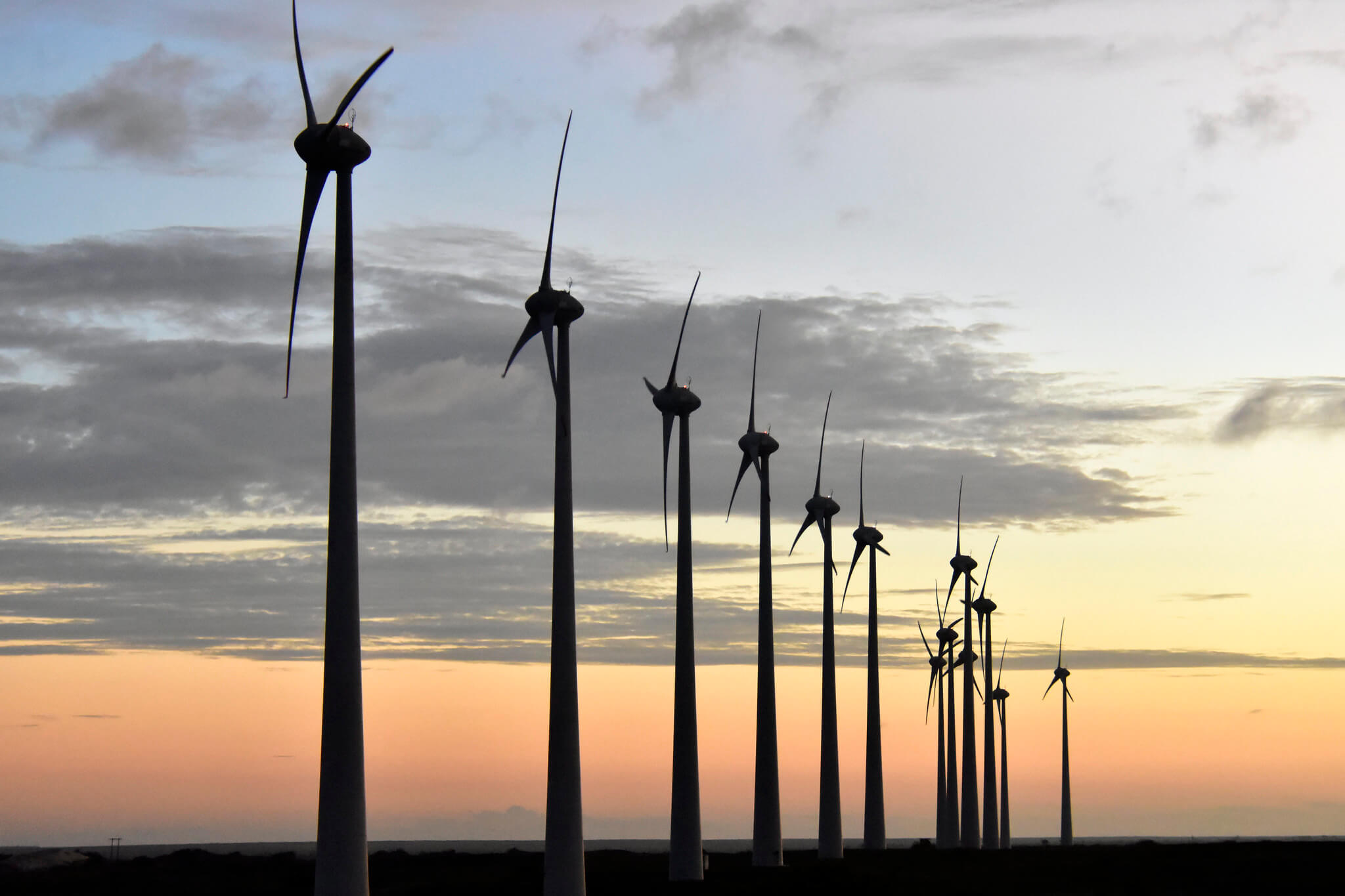
Solar Renewables
The project is Neoenergia's first for large-scale, centralized photovoltaic solar generation, whose production is entirely sold on the free market.
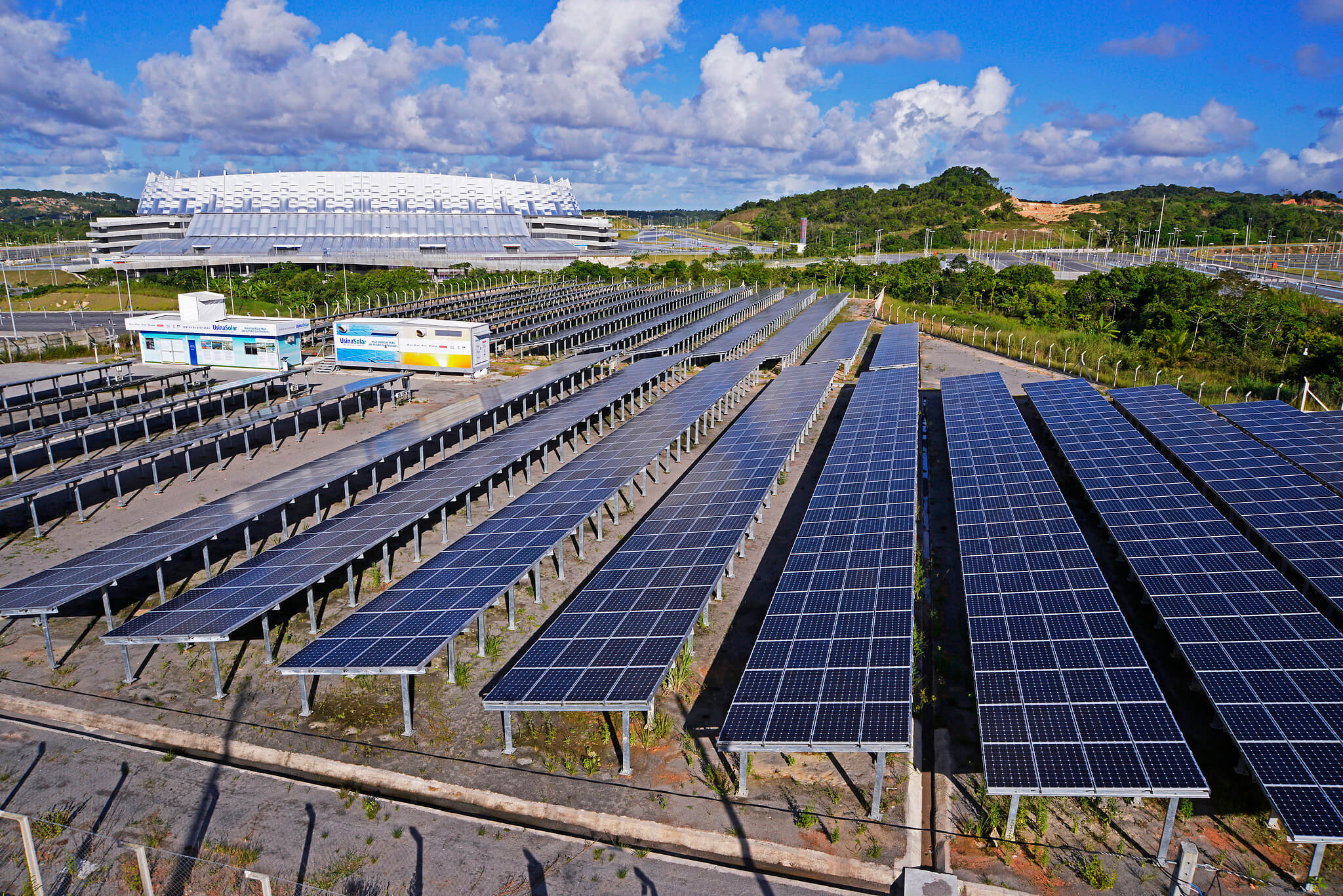
Neoenergia | Arizona I
In the city of Rio do Fogo (RN), the Neoenergia | Arizona I park has 14 wind turbines with an installed capacity of 28 MW. The park was purchased at auction in 2010 and went into commercial operation on March 1, 2013. The project contributes to the diversification of the Brazilian energy matrix, working to find regional solutions for renewable energy sources, with the economic use of the available inputs and the technologies applied. The generation is connected to the Extremoz substation in the municipality of São Gonçalo do Amarante in Rio Grande do Sul and then available to the National Interconnected System (SIN).
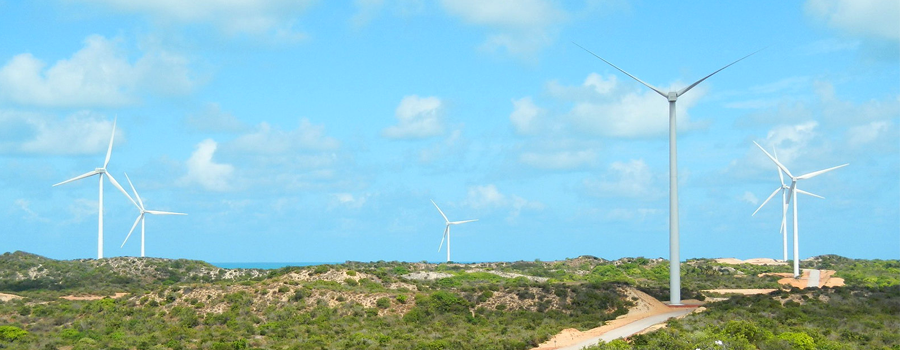
Rio Grande do Norte
Start of operation: October 2013
Installed capacity: 28 MW
Neoenergia | Caetité
Formed by the Caetité 1, 2 and 3 parks, Neoenergia | Caetité is located in the municipality of the same name, in Bahia. It has a total installed capacity of 90 MW, distributed among the three parks, which have 15 wind turbines each. The energy produced in the Complex is directed to the National Interconnected System (SIN). Neoenergia | Caetité is integrated in full harmony with the environment and the local population, since social and environmental responsibility is a factor of great importance for the Neoenergia Group. In addition, the generation of clean and renewable energy in the semiarid region of Bahia contributes to the development of the region. The region has become a national reference center for renewable energy due to its wind potential.
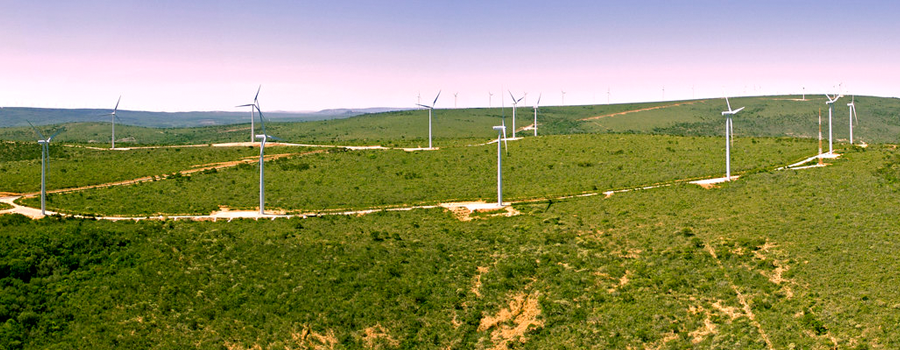
Bahia
Start of operation: October 2014
Installed capacity: 90 MW
Neoenergia | Calangos
Composed of the Calango, I, II, III, IV, V and VI parks, along with Santana I and II, Neoenergia | Calangos covers an area that includes the municipalities of Bodó, Lagoa Nova and Santana dos Matos, in Rio Grande do Norte (RN). The project has an installed capacity of 234 MW, divided between 117 GAMESA wind turbines of 2 MW. All Calango and Santana I parks each have 15 wind turbines; Santana II, in turn, has 12 wind turbines. Its construction began in 2014. The commercial operation of the parks took place in two stages. The first, in January 2016, began the production of electricity from the Calango I to V parks. In the second, in December 2016, the Calango VI and Santana I and II parks started operating. Due to its installed capacity of 234 MW, Neoenergia | Calangos is an important agent in aiding the control and stability of the national interconnected system (SIN) in the northeastern microregion of the country.

Rio Grande do Norte
Start of operation: January 2016
Installed capacity: 234 MW
Neoenergia | Mel II
Located in the municipality of Areia Branca (RN), the Neoenergia | Mel II wind farm has an installed capacity of 20 MW, distributed in a total of 10 wind turbines, producing energy for the entire national territory, through the National Interconnected System (SIN). Mel II was acquired by the Neoenergia Group at an auction on August 26, 2010, and went into commercial operation on February 19, 2013. The park is located in a coastal region and stands out for the natural beauty of the surrounding dunes.
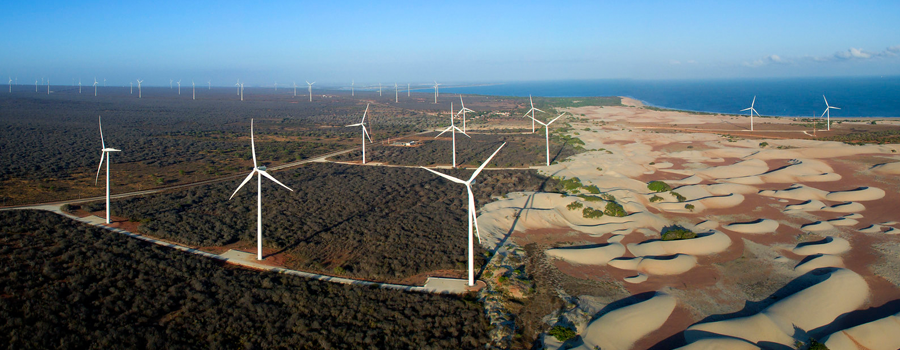
Rio Grande do Norte
Start of operation: February 2013
Installed capacity: 20 MW
Neoenergia | Fountain Renewable Complex
The Neoenergia Renewable Complex has an installed capacity of 471.25 MW, sufficient to produce energy to supply 1.3 million homes a year. The project is a pioneer in the country and stands out for the association between a wind farm and a solar park delivering its energy production at the same connection point. This feature optimizes energy generation based on the complementarity of the two sources. The project integrates, in an unprecedented way, the wind power generation of the Neoenergia Chafariz park with the Neoenergia Luzia solar park.
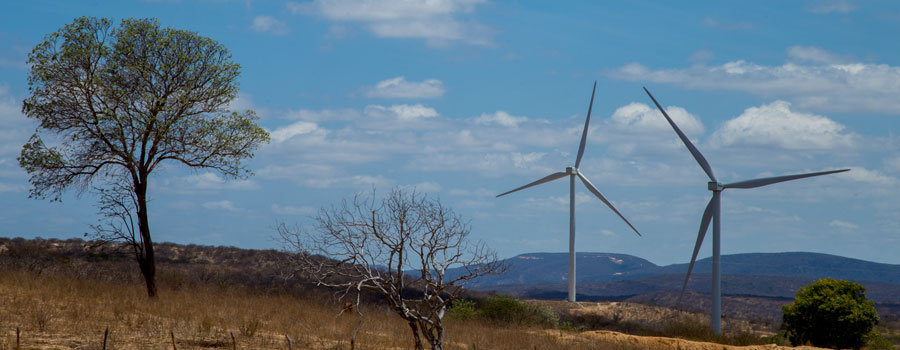
Paraíba
Start of operation: 2023
Installed capacity: 471,25 MW
Neoenergia | Rio do Fogo
Neoenergia's first wind farm to start operating in two phases. The first on July 15, 2006, with 53 units. The second in August of the same year with 9 other units. Neoenergia | Rio do Fogo has 62 wind turbines and has an installed capacity of 49.3 MW. It is located in the municipality of the same name, Rio do Fogo, located in the state of Rio Grande do Norte (RN).
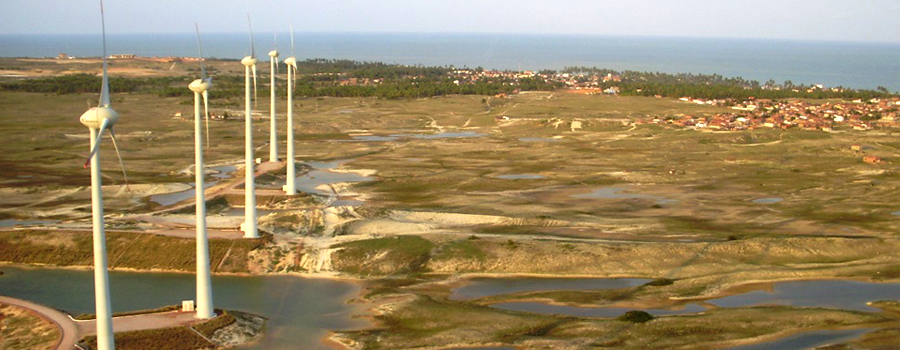
Rio Grande do Norte
Start of operation: July 2006
Installed capacity: 49.3 MW
Neoenergia | Oitis
Neoenergia | Oitis is a wind complex consisting of 12 parks, located in Piauí and Bahia. The project is one of the largest wind farms in the country and the largest in operation by Neoenergia, with 103 GE wind turbines of 5.5 MW each, totaling an installed capacity of 566.5 MW. The complex, which came into operation in 2022, injects all of its clean and renewable energy generation into SIN through SE Queimada Nova 2.
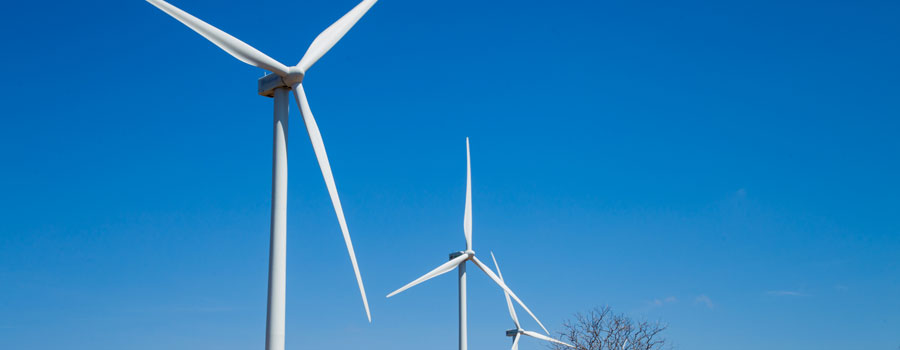
Rio Grande do Norte
Start of operation: July 2022
Installed capacity: 566.5 MW
Neoenergia | Itapebi
Itapebi Energy Generation, a company in which the Neoenergia Group has a 100% stake, is responsible for the implementation and operation of the Itapebi Hydroelectric Power Plant (UHE), located in the lower course of the Jequitinhonha River, on the border between the States of Bahia and Minas Gerais, in the municipalities of Itapebi/BA, Itagimirim/BA, Itagimirim/BA and Salto da Divisa/MG. The plant is a medium-sized water line, with an installed capacity of 462 MW and has three 154 MW generating units guaranteed energy of an average of 209.10 MW (1.88 million MWh/year of energy), your The reservoir has an area of 62.48 km² and its dam is 620 meters long and 106 meters wide.
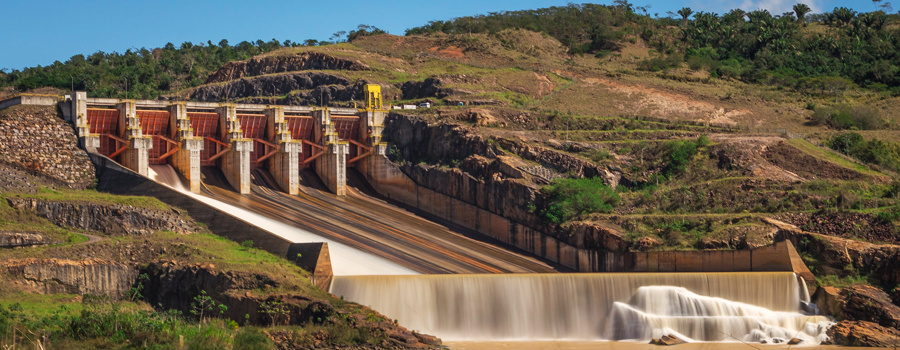
Bahia
Start of operation: February 2003
Installed capacity: 462 MW
Neoenergia | Corumbá
The Corumbá III Entrepreneur Consortium is comprised of two companies: Generation CIII (60%) and Energética Corumbá III S.A (40%). The first is fully comprised of the Neoenergia Group. The second is comprised of three companies: Companhia Energetica de Brasília — CEB (37.5%), Companhia Energetica de Goiás — CELG (37.5%) and Generation CIII (25.0%). As a result of this Consortium, since October 2009, the Corumbá Hydroelectric Power Plant (Corumbá HPP) went into commercial operation. The project is located in Luziânia, in the municipality of Goiás (GO), the plant's main area of influence. The Corumbá HPP has an installed capacity of 96.45 MW. The energy produced at the plant is sold to the CEB and supplies about 10% of the demand in Brasilia. In addition, the plant also plays the strategic role of guaranteeing supply to the three federal powers, in the event of problems in the supply of electricity.
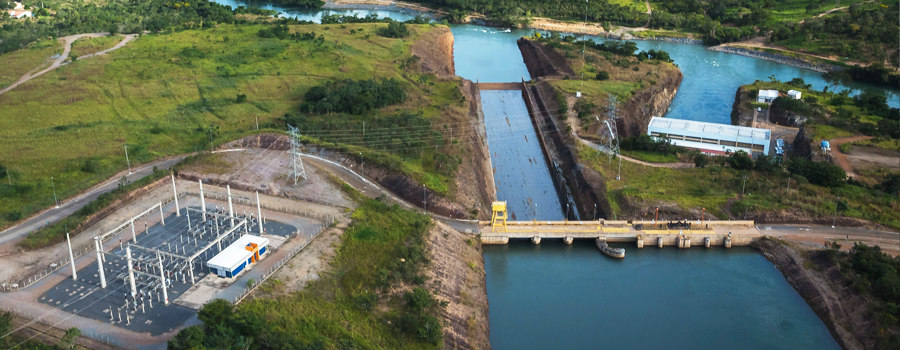
Goiás
Start of operation: February 2003
Installed capacity: 96.45 MW
Neoenergia | Dardanelles
The Dardanelos Hydroelectric Power Plant (UHE), which is fully controlled by Neoenergia, went into commercial operation on August 20, 2011. With 4 58 MW generating units and 1 29 MW generating unit, the power plant was built on the Aripuanã River, in the state of Mato Grosso. The project has the best relationship between flooded area and amount of energy generated in Brazil: an installed capacity of 261 MW for a reservoir of 0.24 km². This means that the territory occupied by the plant's waters is very well used for energy generation. The area of influence of the Dardanelos HPP is the municipality of Aripuanã. Since it started operating, the Dardanelos HPP has had contracts for the purchase and sale of the energy generated with a pool of 24 distributors in Brazil.

Mato Grosso
Start of operation: August 2011
Installed capacity: 261 MW
Neoenergia | Belo Monte
On May 5, 2016, Norte Energia S.A., a consortium in which Neoenergia participates, inaugurated the Belo Monte Hydroelectric Power Plant (UHE). Located on the Xingu River, in Pará, its installed capacity is 11,233.1 MW, and is recognized as the largest 100% Brazilian hydroelectric plant. Currently, the plant has all 24 generating units in operation (Commercial Operation). The project uses, in its main reservoir, a preservationist technology known as a water line, which meets the strictest principles of sustainability, respecting and caring not only for the environment, but for local communities.
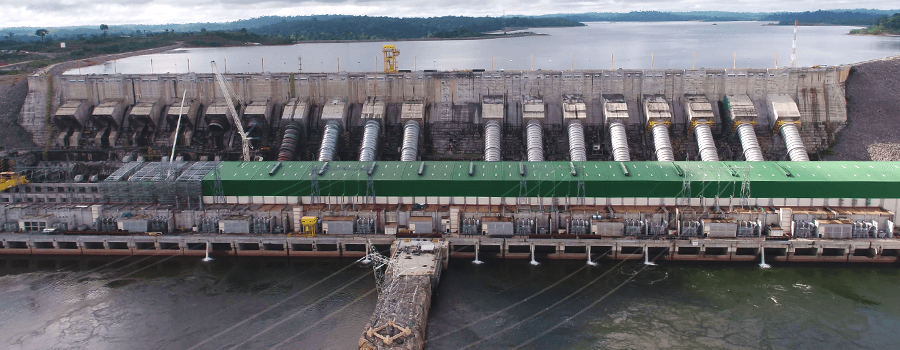
Pará
Start of operation: 2016
Installed capacity: 11,233.1 MW
Neoenergia | Luzia Renewable Complex
The Luzia Solar Complex is located in the municipality of Santa Luzia, in the state of Paraíba, and has an installed capacity of 149.3 MWp, enough energy to supply more than 100,000 homes. Inaugurated in March 2023, the project is the company's first for centralized, large photovoltaic generation, whose production is destined for the Free Contracting Environment (ACL).
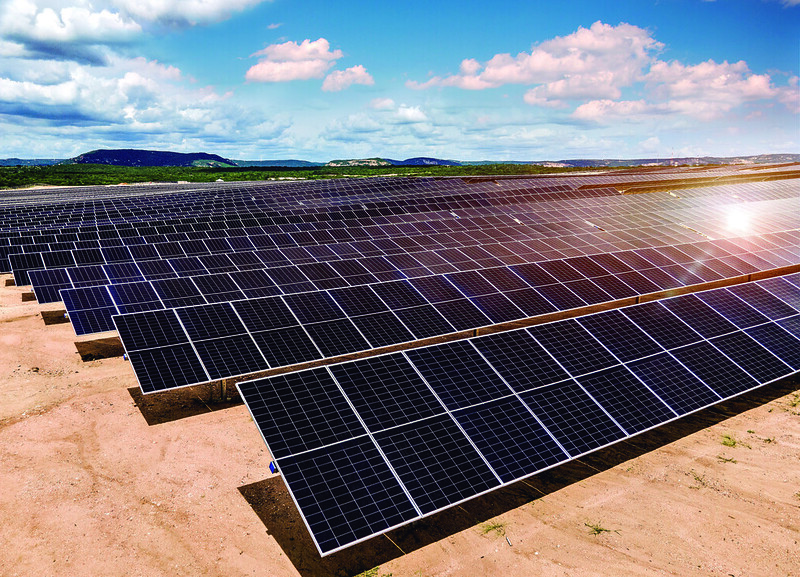
Paraíba
Start of operation: March 2023
Installed capacity: 149.3 MWp
Termopernambuco
This thermoelectric plant (UTE) uses combined cycle technology to generate electrical energy and has an installed capacity of 532 MW, making it the third largest Combined Cycle Plant in the Northeast. There are three turbines, two driven by the combustion of natural gas and one by steam, using the latest technology in Distributed Control System, which allows high operational flexibility to meet the requirements of the Brazilian Interconnected Electrical System, minimizing emissions.
Termopernambuco was recognized as one of the UTEs with the highest availability and operational efficiency in Brazil. It is responsible for around 25% of the energy consumed in the state of Pernambuco, and is one of the largest thermoelectric plants in the country, extremely important for the energy security of the Brazilian electrical system. The plant was contracted at Auction No. 11/2021 ANEEL (Capacity Reserve Auction), held on 12/2021.
